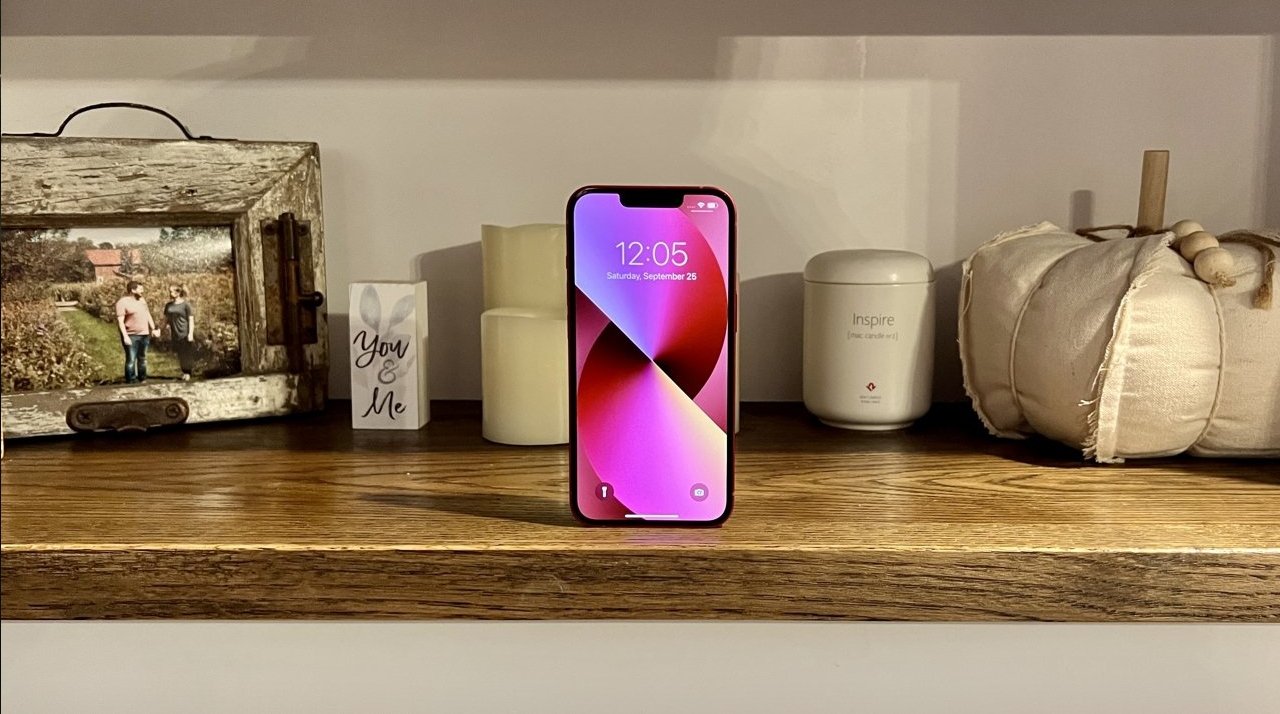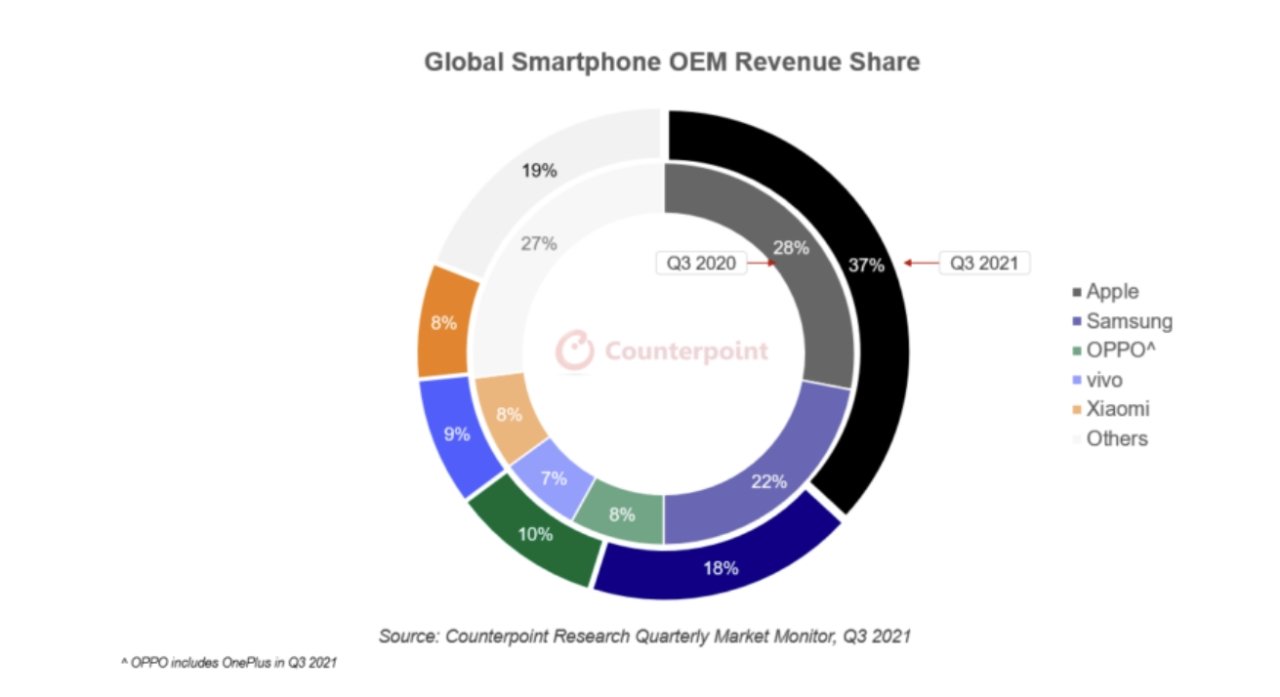Global component shortages meant that smartphone industry growth declined in Q3 2021, but demand for the iPhone 13 meant Apple's sales rose 15%.
Apple previously took a full three quarters of all profits from smartphone sales in Q2 2021. Since then, the global shortage has affected sales, but Apple has also launched the iPhone 13 range.
According to Counterpoint Research, in Q3 2021, the global market grew 6% year over year, but declined 6% compared to the previous quarter. It still registered the highest ever Q3 revenue recorded.
"During the September quarter, we saw supply constraints that were even more severe than those experienced during the June quarter," said Counterpoint research director Tarun Pathak. "The global semiconductor shortage finally also took a toll on the end consumers."
Pathak says that rising component prices forced some manufacturers to raise prices, and this meant sales declined. This was especially noticeable "in the entry tier segment, which limited the growth potential."
"Apple and Samsung refreshing their premium series with iPhone 13 series and Fold series respectively, added to the revenue growth," continued Pathak.
Apple shipped 48 million iPhones, up 15% YoY. Samsung remained the top vendor in unit sales, shipping 69 million phones, up 20% YoY.
"The top 5 brands could have performed better if not for the component shortages," said Counterpoint research analyst Aman Chaudhary, "but they still managed to navigate the crisis through their efficient supply chain management."
Separately, Apple has now reported a record $83.4 billion for Q4 2021, despite shortage and supply constraints.
 William Gallagher
William Gallagher









 Amber Neely
Amber Neely
 Malcolm Owen
Malcolm Owen


 Christine McKee
Christine McKee





-m.jpg)






There are no Comments Here, Yet
Be "First!" to Reply on Our Forums ->